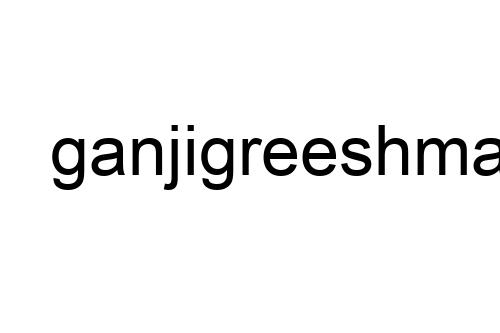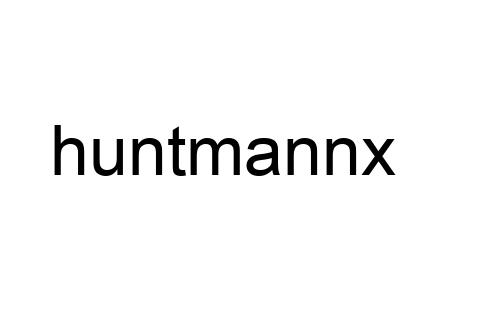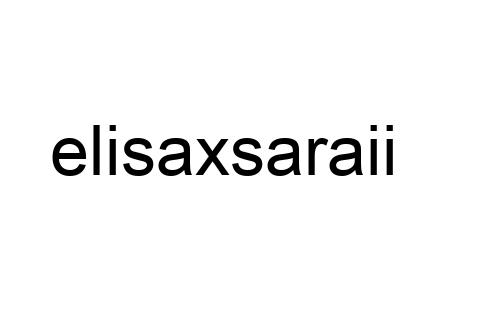Overview Of Luxury Real Estate Market In 2024
The luxury real estate market in 2024 is characterized by global expansion and evolving buyer demands. High-net-worth individuals (HNWIs) are driving growth, with their increasing wealth contributing to demand for bespoke properties. Markets in Europe, North America, and Asia-Pacific are experiencing heightened activity as buyers seek homes that align with their lifestyle and investment goals.
Technological integration remains a defining feature. Smart home systems, energy-efficient designs, and AI-driven property management appeal to buyers prioritizing automation and sustainability. Additionally, properties offering privacy and exclusive amenities, such as wellness centers and private theaters, are dominating preferences.
Wealth migration patterns significantly influence demand. Countries with favorable tax regimes and residency incentives are becoming hotspots for luxury real estate purchases. Urban centers like Miami, Dubai, and Singapore continue to attract buyers, while secondary markets also gain traction due to reduced density and enhanced living experiences.
Key Factors Driving Demand
Luxury real estate demand in 2024 is influenced by several interconnected factors. Economic shifts, evolving lifestyles, and technological innovations play pivotal roles in shaping buyer decisions.
Economic Growth And Wealth Generation
Global economic growth and rising wealth among high-net-worth individuals are expanding the luxury real estate market. Reports from organizations like Knight Frank indicate billionaire wealth grew by 5% in 2023, creating more potential luxury buyers. Regions with rapidly expanding tech, finance, and entrepreneurial industries, such as Silicon Valley and Shenzhen, attract interest due to their wealth concentration. Favorable foreign investment policies and capital appreciation opportunities further fuel demand.
Changing Lifestyle Preferences
Luxury buyers increasingly prioritize properties that cater to personalized and wellness-oriented lifestyles. Homes featuring wellness amenities, such as:
- private gyms
- meditation rooms
- spa-like facilities
have become critical. Multi-functional spaces that accommodate remote work and entertainment now hold strong appeal, especially post-pandemic. Buyers also seek eco-conscious designs, with features like solar panels and sustainable building materials.
Technological Advancements In Real Estate
Technological innovations transform luxury housing by enhancing convenience, efficiency, and security. Smart home systems integrating AI-driven climate control, security, and lighting automation are in high demand. Virtual reality (VR) tools simplify the buying process for international buyers by enabling remote property tours. Energy-efficient models and green technology appeal to buyers seeking long-term cost savings and reduced environmental impact.
Top Trends In Luxury Real Estate

Luxury real estate in 2024 reflects dynamic trends shaped by buyer preferences and evolving market forces. Sustainability, cutting-edge technology, and exclusive locations dominate demand.
Sustainability And Green Living
Eco-conscious designs in luxury homes are redefining buyer expectations. Properties with features such as solar panels, geothermal heating, and rainwater harvesting systems offer environmentally friendly solutions. In 2024, green certifications like LEED or Passive House credentials are increasingly valued by HNWIs. Buyers also favor developments incorporating green spaces, such as rooftop gardens or accessible parks, promoting wellness and environmental sustainability.
Smart Home Technology
Advancements in smart home systems are transforming luxury real estate offerings. High-demand features include AI-integrated controls, automated lighting, and climate systems that improve convenience and efficiency. Properties equipped with voice-activated technologies or biometric security attract tech-savvy buyers. Immersive property viewing experiences, such as VR-assisted tours, are also gaining traction, providing remote access to luxury listings globally.
Exclusive Location Demand
Prime and emerging locations continue driving purchase decisions for luxury buyers. Established urban centers like New York, London, and Hong Kong retain appeal, but there’s growing interest in secondary markets such as Austin, Dubai, and Bali offering favorable tax policies or exotic environments. Properties offering privacy—like those in gated communities or with expansive land—rank high among affluent buyers seeking exclusivity and security.
Regional Hotspots For Luxury Real Estate
Regions around the world are witnessing transformations in their luxury real estate markets, with distinct factors driving demand. High-net-worth individuals are focusing on economic opportunities, lifestyle enhancements, and tax benefits in specific areas.
North America
In North America, cities like Miami, Los Angeles, and New York are dominant luxury market hubs. Miami’s luxury sector benefits from its favorable tax policies and year-round warm climate, attracting both domestic and international buyers. Los Angeles offers sprawling estates with unique designs and exclusivity, appealing to entertainment industry elites. New York remains a magnet for global investors, drawn to its dense commercial hub and iconic properties.
In secondary markets, Austin and Denver are gaining momentum. Austin combines tech-driven growth and cultural vibrancy, appealing to younger buyers. Denver’s emphasis on outdoor lifestyles and sustainability makes it a top choice for health-conscious HNWIs.
Europe
In Europe, London and Paris continue leading urban centers for luxury investments, attracting buyers drawn by their cultural richness and strong financial sectors. London remains resilient, particularly in high-value areas like Mayfair and Belgravia. Paris sees interest from those valuing heritage properties with timeless architecture.
Emerging markets play an increasingly important role. Lisbon and Berlin stand out for their affordability compared to major cities, alongside their appeal to digital nomads and entrepreneurs. Countries offering Golden Visas, such as Portugal and Greece, see rising demand as international buyers look for properties tied to residency incentives.
Asia-Pacific
Asia-Pacific luxury real estate hotspots include Singapore, Hong Kong, and Sydney. Singapore benefits from its secure economy, political stability, and favorable tax structure, attracting wealthy families and investors. Hong Kong remains a key global financial center, drawing interest in high-end properties despite limited land availability. Sydney appeals to those seeking waterfront mansions and an ideal balance of urban and natural environments.
Emerging cities like Bangkok and Ho Chi Minh City are gaining traction, driven by their growing economies and comparatively lower property costs. These markets attract both investors looking for long-term growth potential and individuals seeking luxurious urban homes in dynamic surroundings.
Challenges Facing The Luxury Real Estate Market
Challenges in the luxury real estate segment create hurdles for buyers, investors, and developers. Persistent economic volatility, regulatory constraints, and shifting market dynamics are among the primary issues impacting growth.
- Economic Uncertainty
Fluctuating global economies impact buyer confidence and investment decisions. Inconsistent GDP growth and inflation spikes can reduce spending power, even for high-net-worth individuals. - Regulatory Restrictions
Governments imposing property taxes and foreign ownership regulations deter international investors. For example, increased stamp duty rates in the UK or tightened lending policies in China restrict market activity. - Supply Chain Disruptions
Delays in construction materials and labor shortages impact project timelines for luxury developments. Prolonged disruptions raise costs, affecting pricing and profitability. - Sustainability Expectations
Buyers demand eco-friendly features, but implementing sustainable solutions can inflate construction costs. Developers face challenges balancing design, costs, and compliance with green certifications. - Shifting Buyer Preferences
Rapidly evolving preferences, including wellness, personalization, and technology, challenge developers to align with market trends. Properties lacking these features struggle to meet rising expectations. - Competition in Emerging Markets
Secondary markets gaining traction increase competition, diluting demand in traditional hubs like New York or Tokyo. Buyers now seek options offering privacy, affordability, and exclusivity.
These challenges require stakeholders to adapt quickly, leveraging market insights and innovative strategies to remain competitive.


























































































































































































































































































































































